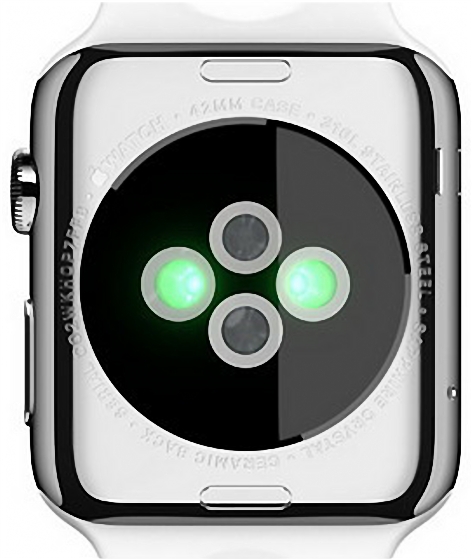Portable Infared LED devices Application Market to Grow
22-06-2015A latest research shows a great growth for the infrared (IR) LED market in the near future. The 2015 Global LED Supply and Demand Market report provides a clear outline on the IR LED wide range of applications, such as imaging sensors, motion sensors, light sensors, proximity sensors, position detection systems, biometric recognition systems, and heart rate and blood oxygen monitors.
Handheld devices in particular make a very good market because IR LEDs can bring many value-added features to these products, including information security and personal health management. With enough room for growth and profit, the handheld device application is expected to become a strong driving force behind the IR LED market.
The 940nm IR LEDs are currently used in proximity sensors to help remove false touching and reduce power consumption. However, the IR LED technology has also moved into other advanced applications, such as finger vein recognition and iris recognition. Major IR LED manufacturers include Epitex, New Japan Radio Corporation, Rohm and Nichia in Japan; Osram Opto in Europe; Vishay in the U.S.; Epistar, Epileds and High Power Lighting in Taiwan.

IR LED market to grow as wearable devices such as Apple Watch begin to introduce these technologies into their products.
Enhancing user security for handheld consumer electronic products such as smartphones are becoming more important as these devices includes identity verification and mobile payment technologies. Biometric recognition systems are especially required to meet a higher standard than ever before. Among the various technologies and methods, iris recognition is presently regarded as the most widely used and secure form of biometric recognition. Whereas a fingerprint has about 100 distinct marks or recognizable data points, an iris has around 2,000. For this reason, the pattern of an iris is far more complex than a fingerprint, which results in a more accurate reading. The current iris recognition system combines three pieces of technologies: an infrared CCD camera with 700-900nm NIR LED, an automated camera control mechanism, and a biometric recognition software. A user can simply look at a smartphone screen in order to activate its built-in iris recognition system. The device first emits an IR LED light, and then the smartphone front camera takes a picture of the user iris, which would be verified by the software.
Iris recognition systems are increasingly implemented applications related to personal and information security (i.e. airport, ATMs). On the mobile application front, Japan-based Oki Electric introduced the first mobile phone with an iris recognition system in the year 2006, and since then the technology has gone through several years of maturation. Fujitsu, another Japanese technology company, also launched a smartphone with iris recognition technology earlier this year.
Known as ARROWS NX F-04G, this smartphone biometric recognition system provides users additional security when accessing online services and authenticate mobile payments. Other mobile brands are also following suit and filing patents for their solutions. Therefore, competing iris recognition systems will soon appear in various consumer electronic applications like Windows 10 notebook, tablets and mobile phones. At present, major developers of this technology include Panasonic, Oki Electric, IrisGuard, EyeLock and IriTech. Their efforts will create new opportunities in the field of information security.


